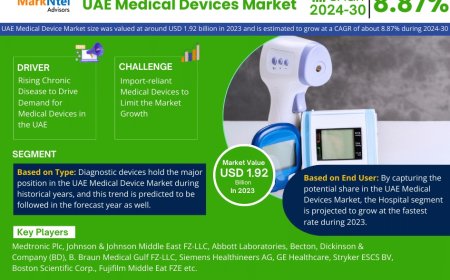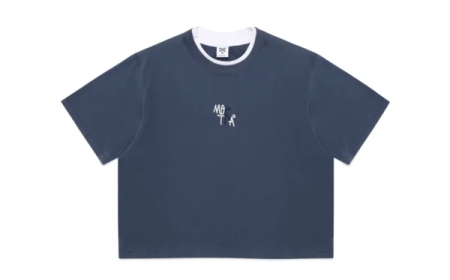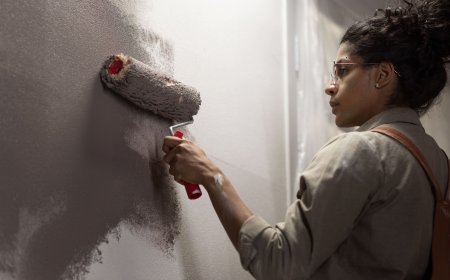The Ultimate Guide to White PVC Cards: Sizes, Thickness, and Uses
Discover everything you need to know about white PVC cards in this ultimate guide—covering standard sizes, thickness options, and their most common uses in ID badges, access control, printing, and more.

White PVC cards are the most popular choice for making professional ID cards and business cards. These plastic cards have become must-have tools for businesses, schools, and organizations that need strong, good-looking identification solutions. PVC means Polyvinyl Chloride, which is a tough plastic material that prints well and lasts a long time. Understanding the different sizes, thickness choices, and ways to use white PVC cards helps you pick the right ones for what you need. Whether you're making employee badges, student IDs, membership cards, or business cards, white PVC cards give you the perfect mix of low cost, usefulness, and professional looks. People like these cards because they work with most card printers and give consistent, high-quality results every time. This guide will teach you everything you need to know about white PVC cards so you can make smart choices for your ID and business card needs.
Standard Card Sizes You Can Choose From
The most common white PVC card size is CR80, which measures exactly 3.375 inches by 2.125 inches. This is the same size as a regular credit card, driver's license, or typical ID card. CR80 cards are the industry standard because they fit perfectly in wallets, card holders, and card reading machines that already exist. The CR name comes from an international standard that makes sure all cards are the same size no matter who makes them. Besides CR80, there are other sizes for special uses. CR79 cards are a bit smaller, while CR100 cards are bigger and often used for building access systems. Most card printers are made to work with CR80 size cards, making this the most practical choice for most people. Best White PVC Cards has lots of information about different card sizes and how they're used in various industries.
Understanding How Thick Cards Should Be
White PVC cards come in several thickness options, measured in "mils" where one mil equals 0.001 inches. The most common thickness is 30 mil, which gives you the perfect balance between strength and good printing. This thickness feels solid in your hand while still being flexible enough for daily use. Thinner options include 10 mil and 20 mil cards, which cost less but don't last as long. These thinner cards work well for temporary uses like visitor badges or short-term memberships. Thicker options include 40 mil and 50 mil cards, which are stronger for uses that need long-term durability or lots of handling. The thickness you pick should match what you plan to use the cards for - temporary cards can use thinner materials, while permanent employee IDs work better with thicker, stronger options.
Business and Work Uses
White PVC cards work for many business uses beyond just basic identification. Employee ID badges are the most common use, providing workplace security and professional appearance. These cards can include employee photos, names, job titles, and company logos while keeping a clean, professional look. Business cards made from white PVC make lasting impressions because they feel unique and last longer than paper cards. Many companies use white PVC cards for access control systems, combining identification with security functions. Membership cards for gyms, clubs, and organizations benefit from PVC material strength, handling frequent use and scanning. Gift cards and loyalty cards use white PVC as a base for custom printing, giving businesses professional-looking customer rewards. Enhance Zebra Capabilities gives detailed help on making PVC card printing work better for various business needs.
School and College Uses
Schools, colleges, and universities use white PVC cards a lot for student identification and campus security. Student ID cards do multiple jobs including library access, meal plan management, and building security. PVC cards are strong enough to last through the whole school year despite daily use by students. Teacher and staff cards use the same PVC material but with different designs to show different roles and access levels. Visitor badges for schools often use thinner PVC cards since they're temporary, saving money while still looking professional. Sports departments use PVC cards for season passes and booster club memberships. Many schools like being able to customize white PVC cards with school colors, logos, and specific security features while keeping costs reasonable.
Healthcare and Medical Uses
Healthcare facilities need reliable identification that can handle frequent cleaning and sterilization. White PVC cards provide the strength needed for medical environments while accepting high-quality photo printing for easy identification. Hospital staff badges need to stay readable and intact despite exposure to cleaning chemicals and frequent handling. Patient identification cards use PVC material to make sure important medical information stays readable throughout treatment. Medical facilities often add security features to their PVC cards to prevent unauthorized access to restricted areas. Visitor cards for medical facilities benefit from the professional appearance of PVC while providing temporary access control. The smooth surface of white PVC cards makes them easy to clean and sanitize, meeting healthcare cleanliness requirements.
Security and Access Control
Modern security systems often use white PVC cards as the base for access control applications. These cards can include magnetic stripes, RFID chips, or proximity sensors while still working for identification. Office buildings use PVC-based access cards that combine employee identification with door access abilities. PVC cards are strong enough for daily use without breaking the security functions. Government facilities often require white PVC cards for their identification systems because the material can accept security features like holograms or special inks. Parking access cards use PVC material to handle weather exposure while keeping barcode or magnetic stripe functions working. Plastic Business Cards offers specialized solutions for adding security features to standard PVC card identification systems.
Retail and Customer Service Uses
Retail businesses use white PVC cards for various customer applications that need professional appearance and durability. Customer loyalty cards benefit from PVC construction because they need to handle frequent wallet storage and use. Store employee name badges use white PVC cards to look professional while providing clear identification. Gift cards made from PVC material feel more valuable to customers compared to paper alternatives, potentially increasing sales. VIP customer cards use the premium feel of PVC to make special customers feel valued. Promotional cards for special offers or discounts use PVC material to make sure they stay intact until used. Being able to print high-quality graphics and photos on white PVC cards helps retail businesses create attractive, professional customer materials that reflect well on their brand.
Printing Tips and Best Practices
Successfully printing on white PVC cards requires understanding proper printer settings and card handling. Most card printers work best with 30 mil thickness cards because they provide the best feeding and print quality. Store PVC cards in a cool, dry place to prevent warping or sticking during printing. Clean your printer regularly when using PVC cards to maintain consistent print quality and prevent mechanical problems. Use appropriate ribbon types designed for PVC material to get the best color reproduction and durability. Test print settings with a few cards before running large batches to ensure the best results. Consider how the cards will be used when selecting print settings - cards that will be handled frequently may benefit from protective overlays or coatings.
White PVC cards offer flexibility, durability, and professional appearance that make them perfect for countless identification and business applications. Understanding the available sizes, thickness options, and various uses helps you select the right cards for your specific needs while ensuring the best performance and value.




























